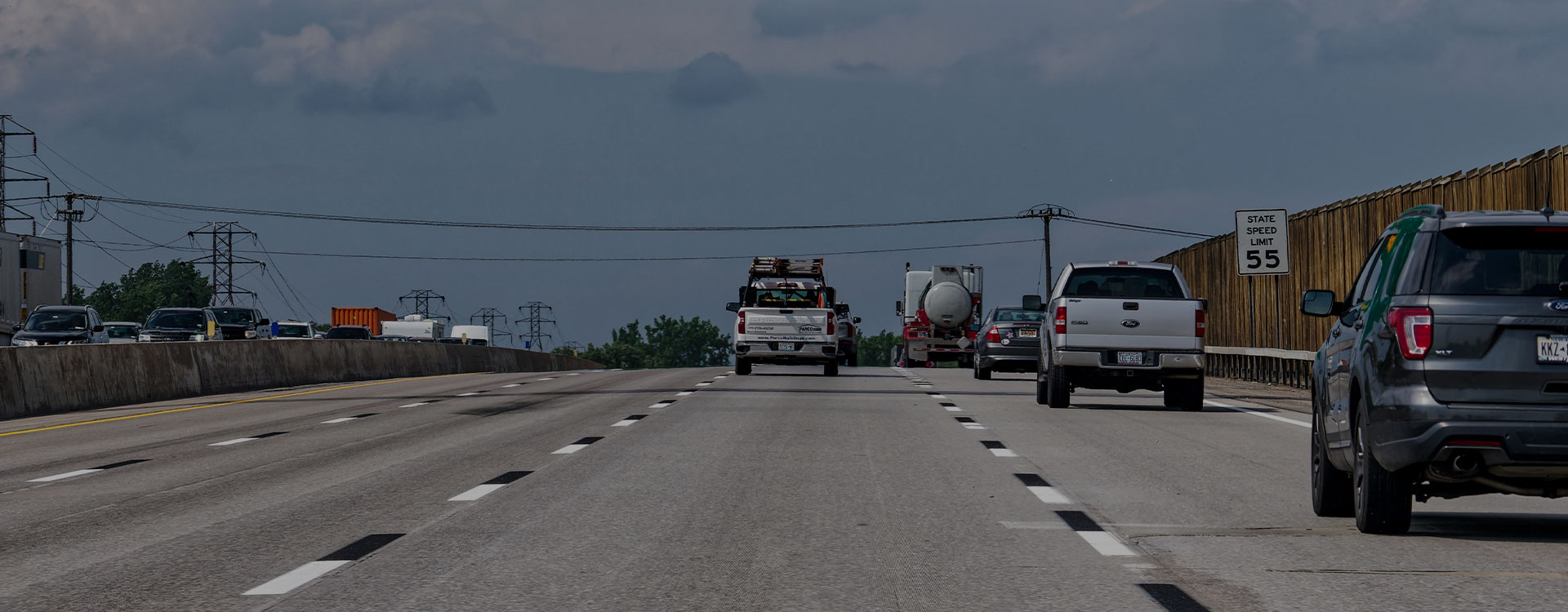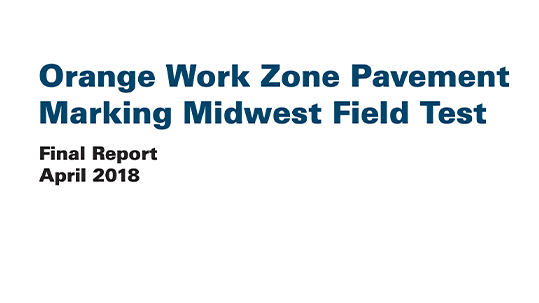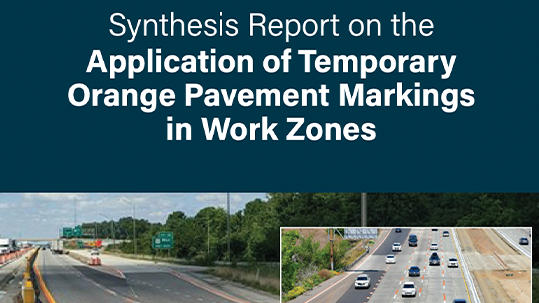11 Sep Orange Work Zone Pavement Marking Midwest Field Test, April 2018, University of Wisconsin (Source WisDOT)
[vc_row css_animation="" row_type="row" use_row_as_full_screen_section="no" type="full_width" angled_section="no" text_align="left" background_image_as_pattern="without_pattern"][vc_column][vc_row_inner row_type="row" type="full_width" text_align="left" css_animation=""][vc_column_inner][vc_column_text]“The Wisconsin Department of Transportation (WisDOT) experimented with orange work zone marking on a high-volume long[1]term freeway-to-freeway interchange reconstruction project in Milwaukee; surveys indicate good driver acceptance, but the complex traffic flow characteristics and...






